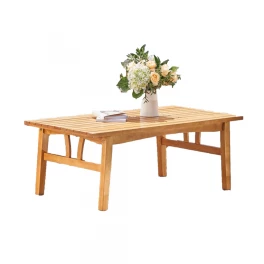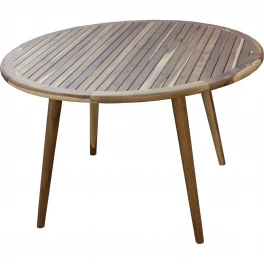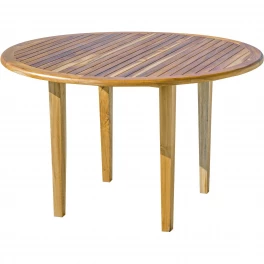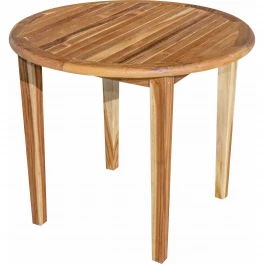Bamboo can be beautiful, whether it’s on your floor in pristine tan planks or sitting on your kitchen counter as a vibrant green shoot contained in a pretty flower pot. It’s when invasive bamboo breaches its boundaries that it becomes less a thing of beauty and more of an unmanageable menace. I’m talking about when a single stalk becomes a forest in your backyard. I’m going to explain how this phenomenon occurs, how to prevent it and how to deal with it when you find yourself overrun with this perennial evergreen.
It’s possible for a single decorative bamboo shoot to expand to a dense stand in just a few growing seasons. If you have bamboo growing on your property unchecked, you must take steps to contain or eliminate it before it becomes a veritable forest.
1. How It Happens
Many of the varieties of bamboo available in local nurseries spread via rhizomes. Rhizomes that spread in a horizontal manner near the soil surface are known as running or monopodial forms, according to the ABS (American Bamboo Society). These fast-spreading rhizome systems account for the rapid growth we see when invasive bamboo has been planted outside and left to its own devices.
Many bamboo varieties spread via rhizomes just under the soil surface.
Some varieties can grow up to nearly 48 inches per day in ideal conditions, according to the ABS. Stalks, the society asserts, reach their complete height in one season. Given the lightning speed with which this resilient grass grows and spreads, it can quickly become a nuisance if you didn’t actually intend to install a large amount of it.
Bamboo reaches its full height in one season, according to the American Bamboo Society. Some of these stalks are higher than a one-story house.
2. How to Prevent the Invasion
The best way to avoid an invasive bamboo forest in your backyard is simply never to plant it. Just don’t give in to the temptation of sticking that cute shoot in the ground after you’ve tired of looking at it on your kitchen counter. Either get used to seeing it as an installation in your house, or gift it to its next owner to enjoy indoors.
If your bamboo has been growing for a few years, don’t be surprised to find larger stalks like this one measuring two inches in diameter.
3. How to Stop a Spreading Forest
Your first reaction when you realize your bamboo stand is out of control may be to reach for copious amounts of herbicide. My first reaction, when I realized my new farm was home to a veritable bamboo preserve with stalks as thick the pipes under my kitchen sink, was to release a prolonged scream of pure desperation. As it turns out, chemicals aren’t your best bet, and neither is despair. The processes of containing and eradicating bamboo are both decidedly mechanical tasks.
Smaller bamboo stalks like this one can be eliminated if you simply step on them and bend them to the ground.
If you simply wish to stop your existing stand from spreading any farther, the ABS recommends making a “rhizome barrier” by digging a three-foot deep trench around the stand. Be mindful of the tenacity of rhizomes intent on spreading, however: This trench, the society states, must be filled with loose gravel or concrete.
If you’ve decided to take the plunge and rid your property completely of invasive bamboo, just be aware you’re embarking on a process that will take some time. Plan on bending smaller shoots completely over and cutting larger ones near the ground. Do this toward the end of your winter season. After this first round of eradication, if you’re really feeling exhausted, you can spray an herbicide like Roundup on the ground surrounding the bent shoots to kill the rhizomes. It’s possible, however, with some tenacity to complete the process without using these harsh chemicals: When new shoots emerge, simply repeat the process of bending or cutting them. Continue doing this until the rhizomes, exhausted in their unsuccessful efforts give in and stop producing new shoots.
Eradicating bamboo is a multi-step process. You’ll need to bend smaller stalks over and cut larger ones near the ground in late winter. When new shoots emerge, repeat the process until the rhizomes are exhausted. Here, stalks have been bent and cut and new ones have emerged.
So remember that the best way to contain bamboo is to enjoy it as a decorative houseplant. If you do find yourself in a situation where it has become invasive, you can choose to contain it or completely get rid of it, but be aware that each avenue will take some time and physical labor.
Bamboo is beautiful, but it is extraordinarily hardy and prolific, and any use of it in an outdoor setting should be done with a careful eye toward management.
Dead bamboo, which turns a dull tan color, is easy to differentiate from the vibrant, green live version.




























